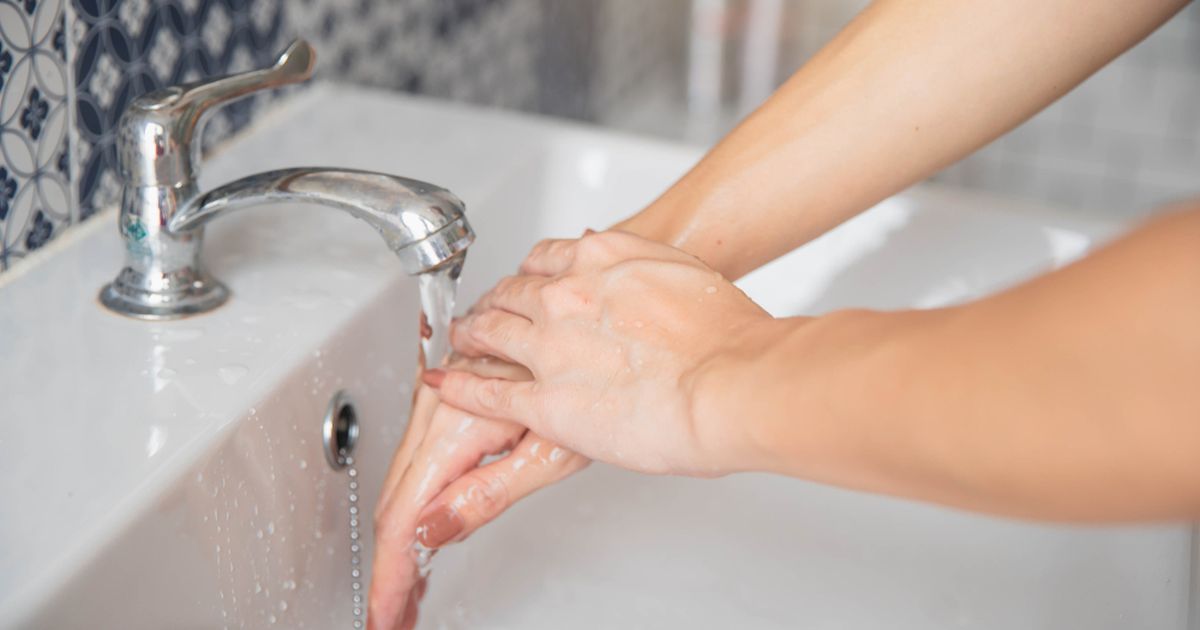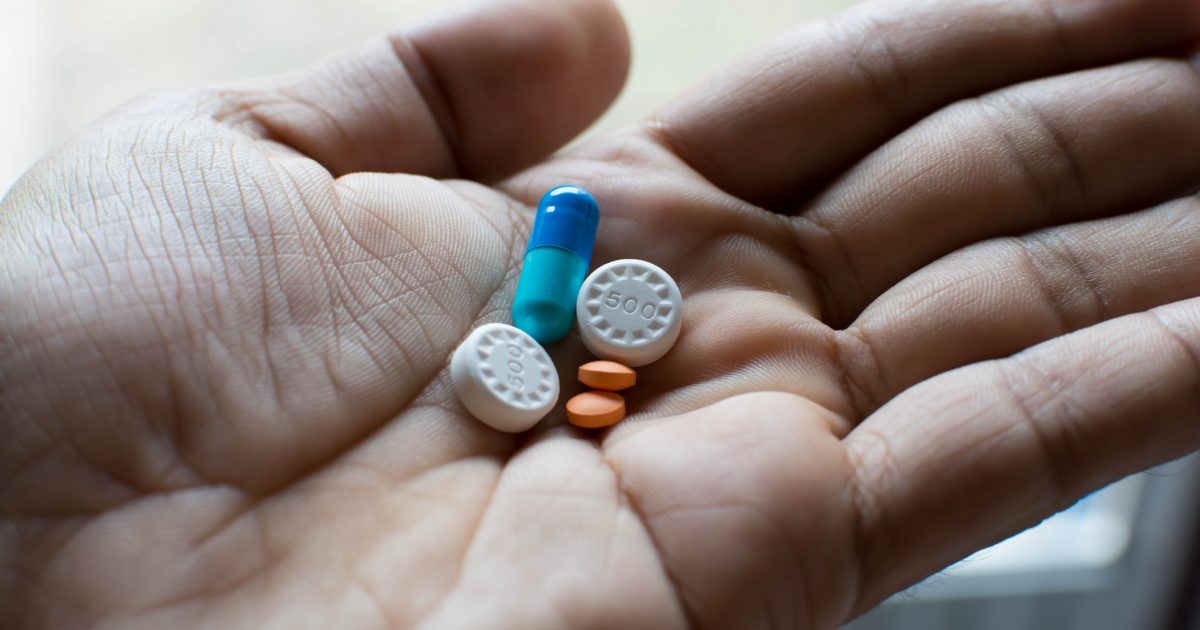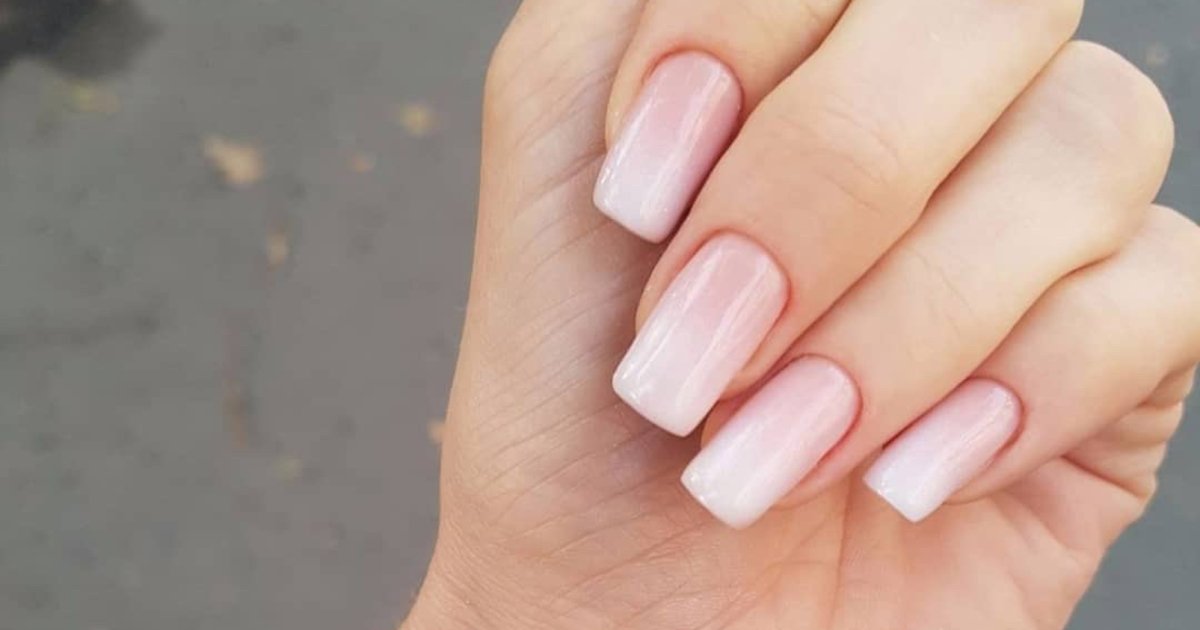Methods Of Treating And Preventing Paronychia
Paronychia is a name that can make anyone think they're dying of a terminal illness. However, paronychia is simply an infection of the soft tissue surrounding the fingernail. This is an infrequent infection unless an individual has a compromised immune system. When it does occur, it's due to bacteria, yeast, or both infecting the soft tissue.
Bacteria can be introduced to the soft tissue in a number of different ways and, depending on the type of bacteria that infects the tissue, a treatment option will be recommended. The following slides discuss the most common treatments for paronychia.
Soak In Warm Water

Letting the affected area soak in warm water is almost like a preparation stage for the real treatment, that is, of course, unless soaking it makes the infection go away, which is possible. This is often the first treatment for paronychia and patients can do this at home before they even see a doctor. Individuals should soak the affected area in warm water for about fifteen minutes, two to four times a day. If the condition doesn't get better or if pus develops, patients will need to contact a doctor for further treatment.
The pus must be drained from the infection to fully treat persistent paronychia. If individuals don't see any pus, soaking the infected area in warm water can stimulate the infection and causes the pus to rise to the surface. Then they can deal with treating the infected area for the pus.
Reveal the next method of treating paronychia now.
Antibiotics For Infection

Depending on how severe the case of paronychia is, antibiotics for infection may be prescribed by a doctor. If a fungus causes the paronychia, the patient will definitely get antibiotic treatment. Another reason for antibiotic treatment is if the patient has diabetes because this can compromise the immune system. The antibiotic will usually be in the form of an oral treatment, though it may sometimes be an ointment or cream. Antistaphylococcal penicillin, TMP/SMX, and cephalosporin are a few antibiotics that may be used to treat the condition.
Learn more about treating paronychia now.
Fluid Drainage

In moderate to severe cases of paronychia, pus will need to be drained from the infected area. As stated in the first slide, sometimes the pus will not appear right away, and the patient will just have pain and redness of the affected area and will need to soak it. This can cause the pus to rise to the surface so it can then be drained.
In some cases, the doctor may be able to lift the eponychium to encourage fluid drainage instead of creating an incision in the skin that would hurt more and take a long time to heal. This is preferred in the case of diabetes patients since they already deal with a painstakingly long heal time due to their condition. If the pus can't be drained like this, the doctor will need to make a cut to drain it. The patient will be given some local anesthesia to alleviate the pain and make it easier for the doctor to maneuver the finger. After the procedure, the patient may be instructed to take pain medication or antibiotics for a few days.
Get the full details on more ways to treat and prevent paronychia now.
Maintain Good Hygiene

Individuals should always maintain good hygiene whether they have an infection or not. In the case of paronychia, most of the time good hygiene can prevent the infection from occurring in the first place. Things like keeping hands washed and using hand sanitizer can go a long way in preventing paronychia.
Some causes don't come from a lack of washing hands. Trauma to the nail area can introduce bacteria to the soft tissue. For example, a manicurist's tools could cause a nick, and if the tool isn't properly sterilized, it can introduce bacteria through the nick. Other causes of trauma could be biting the nails, pulling hangnails, and paper cuts.
Continue reading to discover more ways to prevent paronychia now.
Avoid Excessive Exposure To Water

Most cases of chronic paronychia are due to the yeast Candida. Yeast thrives in warm and moist environments so if an individual constantly has their hands and feet in water all the time, it can increase their risk of developing paronychia. Individuals with certain jobs are at risk. For example, dishwashers constantly have their hands in water, and to make it worse, it's dirty dishwater. Individuals who work at a car wash are in the same predicament. People with these types of jobs have no choice but to be exposed to water all the time, but they can decrease their chances of developing paronychia by drying their hands as much as possible between jobs and by using hand sanitizer a lot.